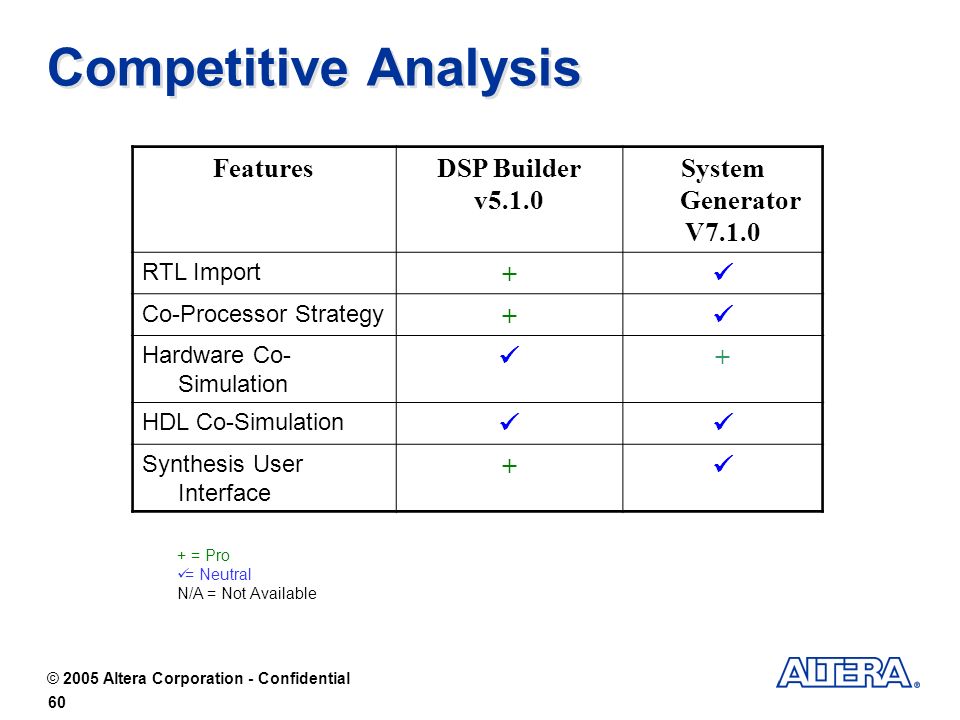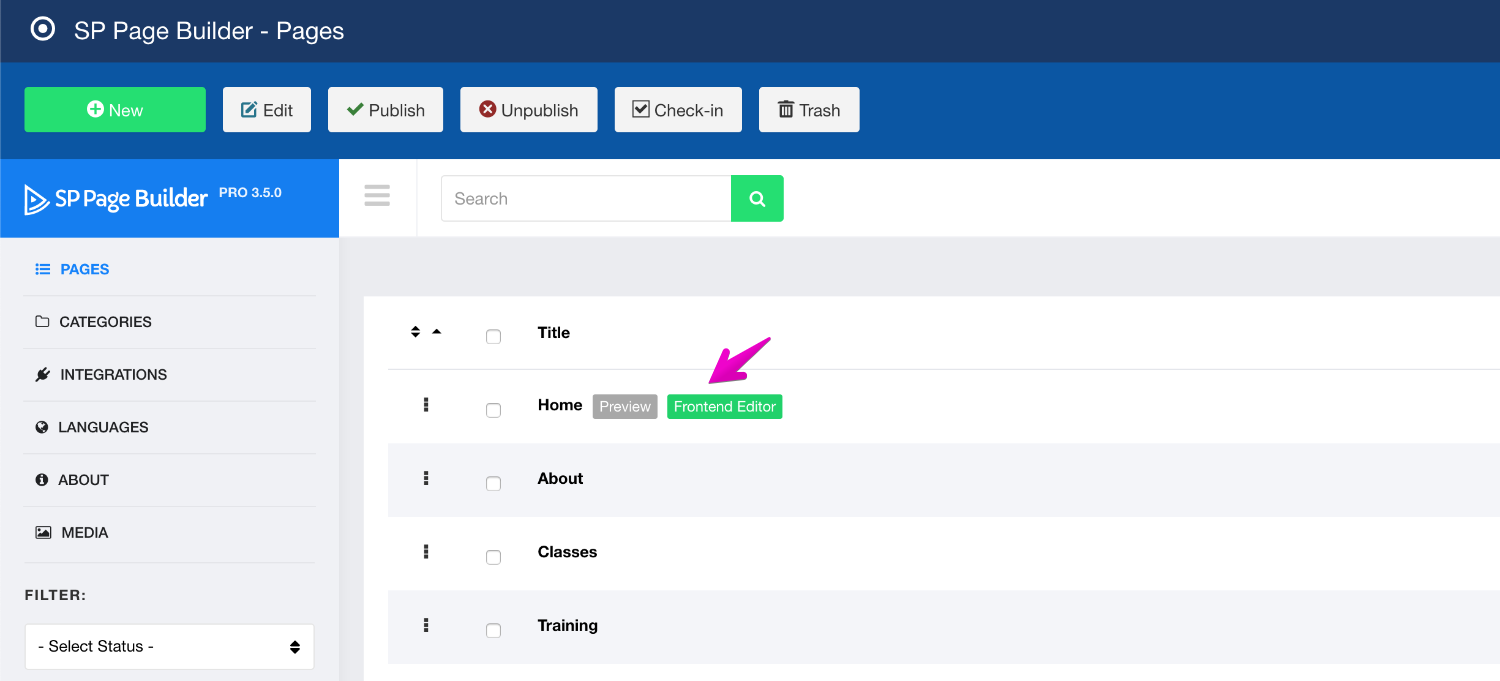

- TUTORIAL DSP BUILDER SOFTWARE
- TUTORIAL DSP BUILDER CODE
- TUTORIAL DSP BUILDER SERIES
If you’ve recorded or produced music before, you are probably well set.
Some knowledge about (digital) audio in general: What amplitude and frequency means, what a filter does, how audio is stored at a sample rate and bit depth. You may have heard that C++ is very hard, but we’re not going to use too much of the advanced stuff. Some understanding of C++ (Syntax, Pointers, Basic OOP, Memory). I’ll use a Mac, but you can use almost all information on Windows as well. A Mac running Xcode 4 or later or a Windows system with Visual C++ 2010 or later. TUTORIAL DSP BUILDER SOFTWARE
It’s about creating awesome software that you can give to your music producer friends so they can make a fatter bassline.
TUTORIAL DSP BUILDER SERIES
This series isn’t about calculating complex math by hand. The second advantage is that we might learn valueable programming lessons along the way. The first advantage: It won’t be as overwhelming because we will approach the solution step by step instead of just jumping there. As a programmer, you’re probably used to that.
TUTORIAL DSP BUILDER CODE
The disadvantage is that you will write code that you’ll later replace with something better. We will start with something that works and improve it as soon as we face problems. In this tutorial series, I won’t just give you long code listings with the perfect solution.

Hans Peter Geerdes In programming, the result is rewarding, but the journey is where we learn.
How it integrates with the host (automation, presets, etc.)Īnother good thing about WDL is its permissive license: You can use it freely for commercial applications. How the plugin processes incoming Audio/ MIDI. These are the annoying parts of audio plugin development, so we can now focus on the fun stuff, such as: This work has already been done in the form of IPlug, which is a part of WDL. As a programmer you want to stay DRY, so sooner or later you’d write an abstraction layer over the different formats. The different plugin formats all do more or less the same, so normally there would be a lot of copy & paste in your code. This forum thread has screenshots of a lot of plugins that were done using WDL. It also gives you most GUI controls used in audio plugins, and some commonly used audio algorithms like for example resampling. Most GUI controls used in audio plugins. Make your plugin run as a standalone Win/Mac application.  Create VST, AudioUnit, VST3 and RTAS formats from one codebase: Just choose the plugin format and click run!. Ready-made Xcode / Visual Studio Projects. It basically does a lot of work for us, most importantly: It is based on Cockos WDL (pronounced whittle).
Create VST, AudioUnit, VST3 and RTAS formats from one codebase: Just choose the plugin format and click run!. Ready-made Xcode / Visual Studio Projects. It basically does a lot of work for us, most importantly: It is based on Cockos WDL (pronounced whittle).







 0 kommentar(er)
0 kommentar(er)
